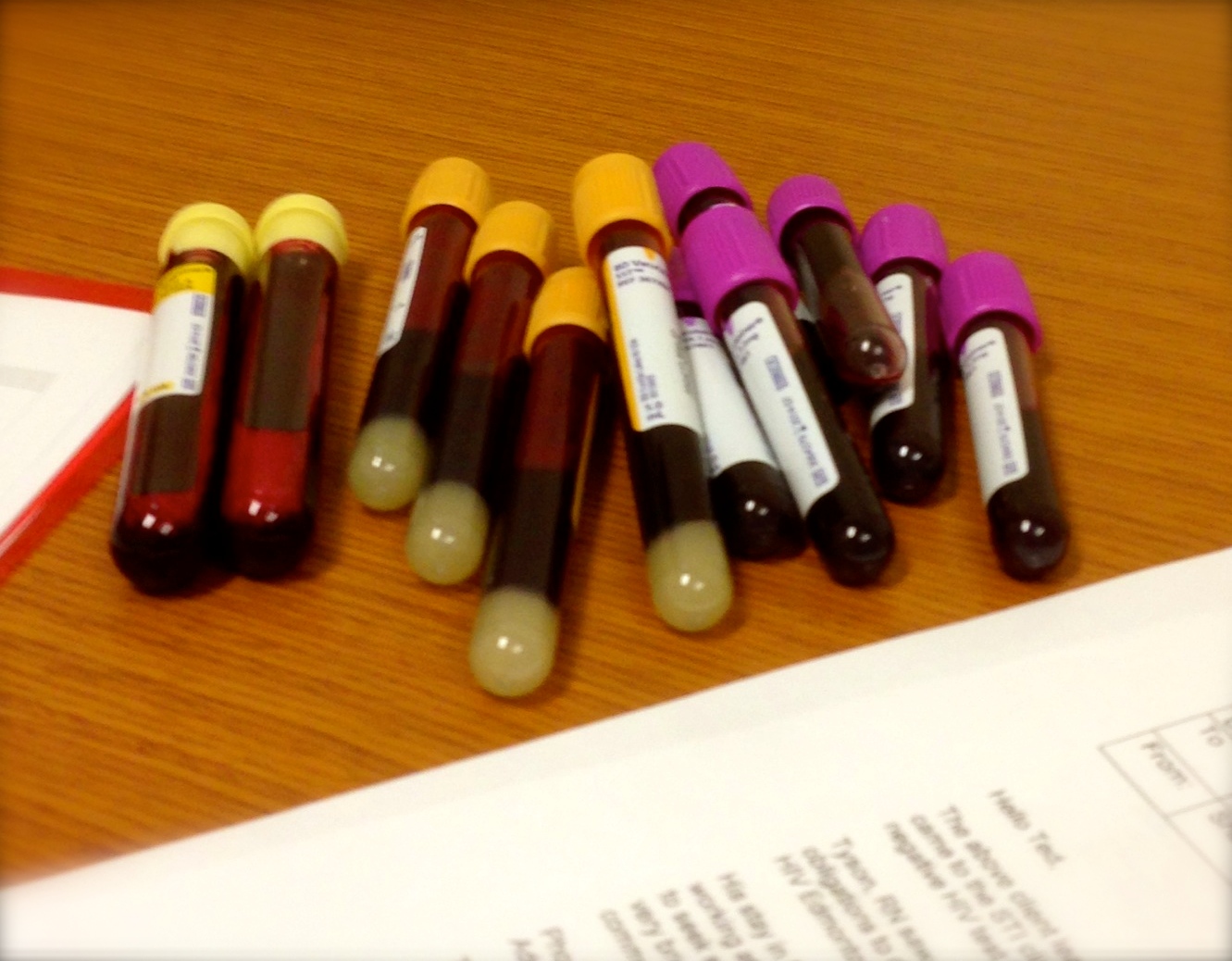
It’s no secret that I fully support my patients getting tested by a fertility specialist. There is quite a lot of misinformation regarding fertility specialists. Many think they will be immediately told IVF is the only option. That is just not true. Fertility specialists have a huge toolbox to help with all causes of infertility and usually IVF is not the treatment initially suggested. The first step is getting a diagnosis. Simply being armed with a diagnosis from a specialist can be immensely helpful in deciding how best to proceed. We often see one of the following possibilities:
- Sometimes the results will reveal something like a structural issue that cannot be helped with acupuncture alone.
- Sometimes they will show that ovarian reserve is good and you can relax and continue to try on your own if you’d like.
- Sometimes they do show that starting aggressive fertility treatment is your best option.
No matter the results of your testing, information is a very powerful tool and can help give you confidence in your family’s decision on how to proceed.
That being said, the alphabet soup of tests, acronyms, numbers, and data can be overwhelming. We spend a lot of time helping patients understand their results. So here is a list of some of the most common tests performed in a fertility work-up and what they mean.
1. AMH: Anti-mullerian hormone is produced in by the cells surrounding the immature follicles in your ovaries. As a woman ages, the number of immature follicles decreases and this level decreases. This test will gives a snapshot of your ovarian reserve and give your doctor an idea of how well you are expected to respond to treatment. It might even help guide which medications are recommended to you or their dosages.
2. Day 3 FSH: Follicle Stimulating Hormone is produced by the brain at the beginning of a woman’s menstrual cycle and encourages the development and maturation of an egg. FSH is another way to measure ovarian reserve. FSH levels increase as ovarian reserve decreases. The results of this test are also used to determine appropriate treatment.
3. LH: Luteinizing hormone is also produced in the brain. It is responsible for ovulation and surges to a high level right before ovulation each month. High levels of this hormone can be an indicator of PCOS or other causes of infertility. Â If you are using ovulation predictor kits, this is the hormone that leads to a positive reading.
4. Progesterone Testing: Progesterone is produced in the ovary following ovulation by the corpus luteum. Testing this hormone around cycle day 21 can tell a woman if she’s ovulated that month. It remains high until a menstrual cycle beings and will remain high if pregnancy occurs. Low progesterone levels can be a cause of miscarriage, so it is often tested during early pregnancy as well. Progesterone is often supplemented via oral, vaginal suppository, or injection after ovulation if levels are low or during certain types of fertility treatments. Â
5. Thyroid Testing: An overactive or underactive thyroid can cause fertility issues. Thyroid issues are also associated with miscarriage and other pregnancy complications. This is a very common test in someone that has fertility issues or experiences recurrent miscarriages. Levels should be between 0.5 to 5 mU/ml. Some doctors will monitor borderline or slightly-abnormal levels and other will choose to treat these cases. If you are having trouble conceiving or carrying to term, you might speak with your doctor about checking thyroid levels.
6. Ultrasound: Ultrasound is used to check for any physical problems that might be impacting fertility like polyps, uterine septum, etc. Â It can also be used during a cycle to check for maturing follicles and is the method of choice for confirming a healthy pregnancy.
7. HSG: HSG or hysterosalpingiogram is a test to check if your fallopian tubes are open. Healthy tubes allow the egg and sperm to meet for conception and travel down into the uterus for implantation. Occasionally, one or both tubes will be damaged by trauma, endometriosis adhesions, scar-tissue, from a previous ectopic pregnancy, or other causes. This test is done after your finished menstruating but before ovulation and is used to determine the best course of treatment.
8. Semen analysis: Last but not least: Getting your partner tested during a fertility workup is extremely important. Often this testing is overlooked and inappropriate treatments can be recommended. Make sure you ask for a semen analysis if your doctor doesn’t suggest one. Many issues discovered through this testing can be treated successfully and there are specialized fertility treatments available for male factor infertility. A semen analysis consists of providing a sample (can usually be done at home or in the office) and then having a series of tests run including: semen volume, sperm count, morphology, and motility. Other more extensive testing may be performed or a follow up analysis done to confirm the results.
